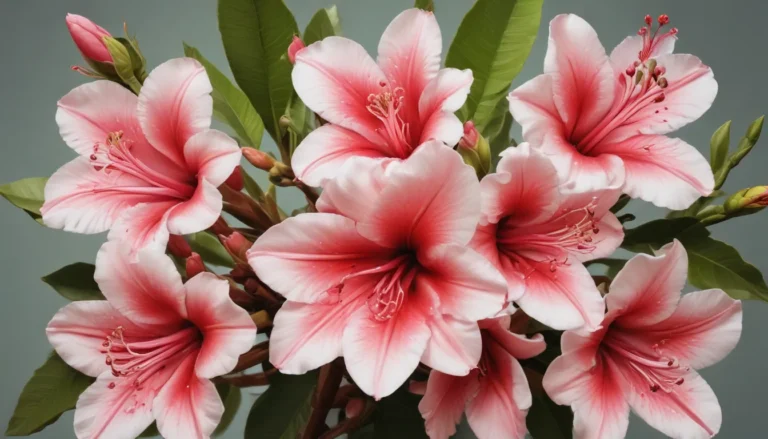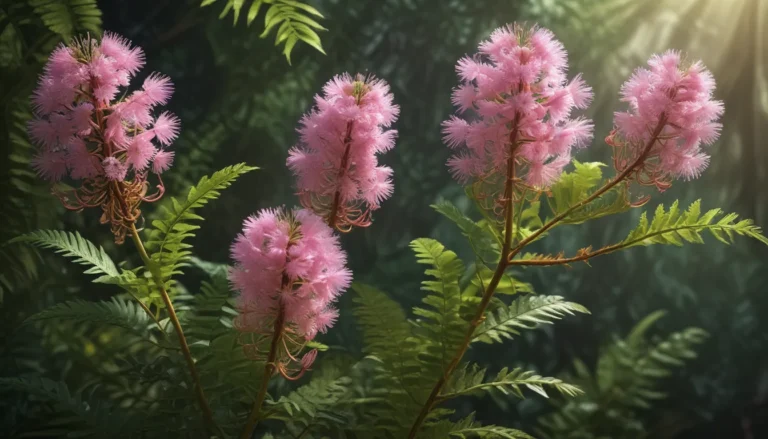The pictures we use in our articles might not show exactly what the words say. We choose these pictures to make you interested in reading more. The pictures work together with the words but don’t take their place. The words still tell you the important facts.
Feverfew, with its delicate white flowers and fern-like leaves, is a captivating herbaceous perennial plant that has been used for centuries in traditional medicine. Beyond its ornamental value, Feverfew, scientifically known as Tanacetum parthenium, holds a rich history of medicinal applications. From alleviating fevers to treating migraines and toothaches, this versatile plant has much to offer. In this article, we will explore eight fascinating facts about Feverfew that highlight its medicinal and ornamental properties.
Unveiling the World of Feverfew
- A Member of the Asteraceae Family: Belonging to the same family as daisies and sunflowers, Feverfew stands out with its delicate white flowers that bloom during the summer months.
- Named for its Healing Powers: Feverfew's historical use as a fever remedy led to its name, emphasizing its traditional role in reducing fevers and alleviating various ailments like headaches and joint pain.
- A Natural Migraine Remedy: For centuries, Feverfew has been a go-to remedy for migraine sufferers, with its active compounds showing promise in reducing the frequency and severity of migraine headaches.
- Relief for Toothaches: Chewing on Feverfew leaves can offer temporary relief from toothaches and gum pain, thanks to the natural analgesic and anti-inflammatory properties found in the plant.
The Beauty and Benefits of Feverfew
- Ornamental Value: Aside from its medicinal uses, Feverfew is highly prized for its aesthetic appeal, adding charm to any garden or landscape.
- Anti-Inflammatory Properties: The active components in Feverfew, such as parthenolide and flavonoids, exhibit anti-inflammatory effects, making it beneficial for various conditions.
- Natural Insect Repellent: Historically used to repel insects, Feverfew can be crushed and applied to the skin as a natural alternative to chemical-based repellents.
- Ease of Cultivation: Whether you're a seasoned gardener or new to planting, Feverfew is an easy-to-grow plant that thrives in well-drained soil and requires minimal maintenance.
In conclusion, Feverfew's dual roles as a medicinal herb and an ornamental plant make it a valuable addition to any garden. Its ability to alleviate migraines, reduce inflammation, repel insects, and enhance the beauty of a landscape underscores its versatility and appeal. Whether you seek natural remedies or simply wish to brighten up your surroundings, Feverfew is a herb worth exploring.
Frequently Asked Questions About Feverfew
- Common Uses: Feverfew is commonly used to alleviate migraines, reduce inflammation, and promote overall well-being.
- Growing Tips: Feverfew can be grown from seeds or transplants in well-drained soil with full sun exposure, making it a low-maintenance addition to gardens or containers.
- Side Effects: While generally safe, some individuals may experience side effects like mouth ulcers or digestive issues. Consult a healthcare professional before starting any new herbal supplement.
- Consumption: Feverfew is often consumed as a supplement or used in teas, tinctures, or capsules due to its bitter taste when raw.
- Skincare Benefits: Feverfew's anti-inflammatory and antioxidant properties make it a suitable ingredient for skincare products, helping to calm sensitive skin and reduce redness.
As you embark on your journey to discover the wonders of herbal medicine, consider the diverse benefits of Feverfew and its potential to enhance your well-being and surroundings. Trust in the authenticity and quality of information provided to you as you explore the fascinating world of natural remedies and botanical wonders.






